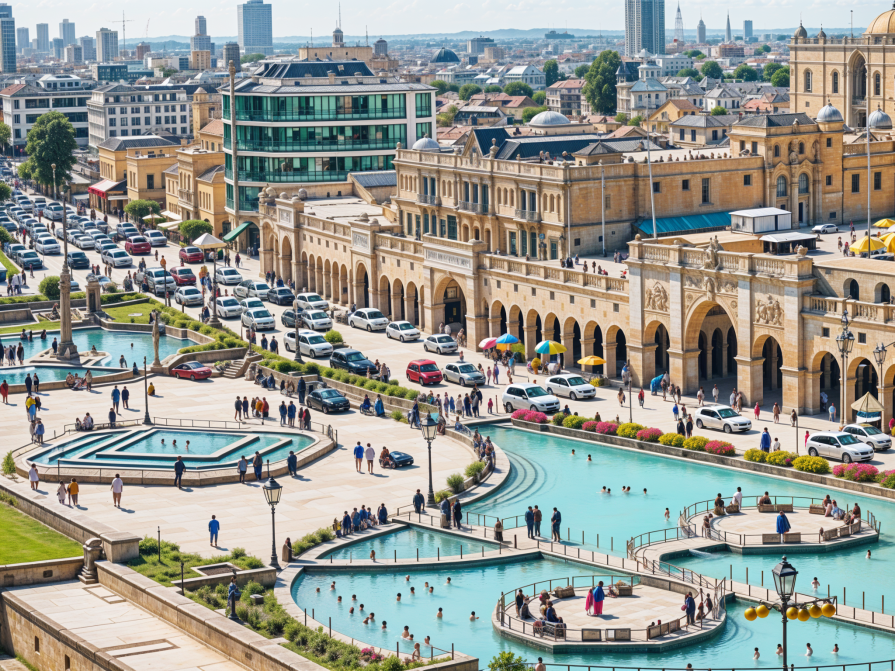We go on a journey to the oldest place on earth, where people constantly lived! Meet the Iraqi city of Erbil, inside which is the citadel of the same name. A huge embankment 30 meters high with fortress walls at the top since ancient times was intended for defense. The fortress was built in the 5th millennium BC, and the first settlers appeared in the 6th. For centuries of history, Babylonians, Sumerians, Assyrians, Mongols and Persians lived here. Today the fortress is located in the center of the city of Erbil.
The role of the walls is performed by the facades of residential buildings tightly standing to each other with windows overlooking the big city around. There are three blocks in the city, in each of which people of different social strata lived:
- Serai is an area of the rich, famous personalities and their families;
- Takya is an area inhabited by beggars and monks;
- Topkhana - here settled working people: peasants, artisans.
The history of Erbil is unique in that the territory of the walled city has never been left by people. The exception is 2007, when the inhabitants were temporarily relocated to conduct archaeological excavations, the result of which was the inclusion of Erbil in the UNESCO heritage list.
During archaeological research, scientists have found that initially only one entrance to the city led, located on the south side of the fortress. Today on this place is the oldest bazaar Kaisari,founded in the XIV century by the Assyrians. Archaeologists also discovered that in this place there was a "Royal Road" - a trade route leading to the Aegean Sea. Among other things, monuments dating back to the early period of the birth of Christianity and Islam were found.










